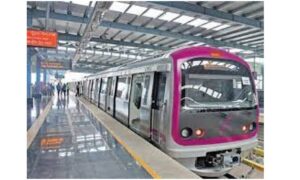With the increase in cooling demand and the adjacent concerns, government is willing to cut down cooling demand by 20 – 25 percent in India. Further, with this reduction, the government is also aiming at reduction of 25-40 percent in energy requirement for cooling load by 2038.
According to State-owned Energy Efficiency Services Ltd (EESL), cooling is one of key focus areas of its work for the next few years. EESL further said that the decentralised gas-based cooling could reduce the load on the grid and wastage of energy.
The government’s India Cooling Action Plan (ICAP) 2019, has a 20-year time horizon, and its programme lists out actions which can help in reducing cooling demand, refrigerant transition, enhancing energy efficiency and better technology options across sectors.
In a study conducted last year think tank The Energy and Resources Institute (TERI) had said the growth trajectory of the cooling industry, particularly air conditioning, can become a major roadblock in India’s energy transition to renewables by 2030.
The air conditioning sector is expected to grow at around 10 per cent posing a major challenge for the integration of renewables in the energy system because much of the country’s residential cooling demand falls at night when solar is not available.
This growth rate presents a challenge to increase the share of renewables at a rapid rate of capacity addition along with building cost-effective storage facilities for meeting evening peak demand. India’s electricity demand is projected to grow at 6 per cent per year reaching about 2040 trillion watt hour (TWh) between now and 2030.
Cookie Consent
We use cookies to personalize your experience. By continuing to visit this website you agree to our Terms & Conditions, Privacy Policy and Cookie Policy.















